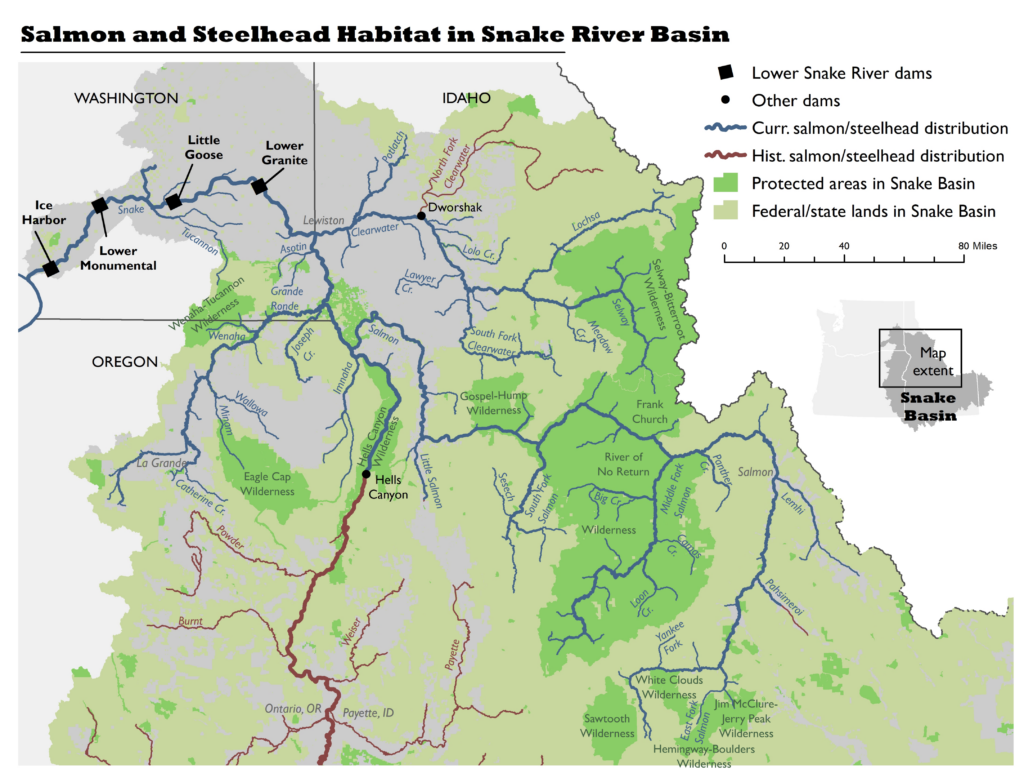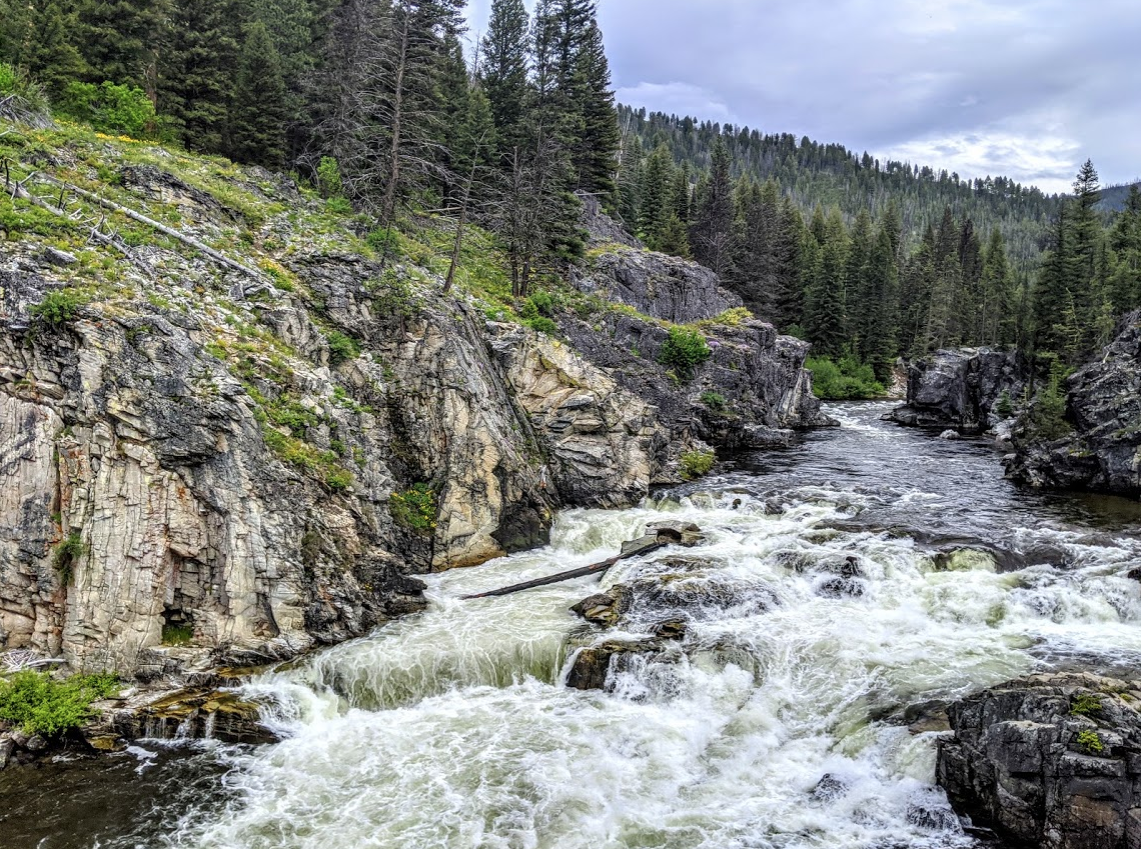Our iconic Snake River chinook salmon are down to less than 1 percent of their historic numbers.
With a few real exceptions, juvenile smolts in Idaho rear in some of the West’s best habitat, but on their way to the Pacific Ocean they must traverse eight dams, including four on the lower Snake River.
How do those dams impact their survival? A recent study used various approaches to estimate Snake River dam-related mortality and averaged their estimates with other comparable studies. The study confirms what scientists have been saying for decades.

Translated to a per-dam impact, the study suggests that an average of 23 percent of these otherwise viable smolts, i.e., healthy young salmon, on their outward migration to the ocean, are lost. Remember, that’s per dam. This includes mortality as they pass through or around the dams, mortality incurred during transit through slow-moving, often too hot, predator-ridden reservoirs, and the “delayed mortality” that occurs in the estuary and ocean due to their life-sucking journey through the dams and reservoirs.

Here is what that estimate looks like for the fish, starting with 1,000 smolts originating above the dams in the Snake River basin.
Dam 1: 770 fish
Dam 2: 593 fish
Dam 3: 457 fish
Dam 4: 352 fish
Dam 5: 271 fish
Dam 6: 209 fish
Dam 7: 161 fish
Dam 8: 124 fish
Keep in mind that these numbers still do not account for the returning adult salmon that perish trying to climb the dams we have placed smack-dab in their migration corridors, or the lack of young fish born because their parents had to expand too much energy just getting to the spawning grounds. Regardless, if we take out the four lower Snake River dams in our hypothetical 1,000 salmon scenario, the number of juvenile salmon that make it to the ocean nearly triples (from 124 to 352).
If we want to recover abundant, healthy salmon and steelhead in the Snake River — the area of the Columbia Basin with the greatest production potential — we need to commit to full river restoration of the Snake beginning with the removal of the four lower Snake River dams.
The math is clear — that is the only path to recovery.
Chris Wood is the president and CEO of Trout Unlimited.



